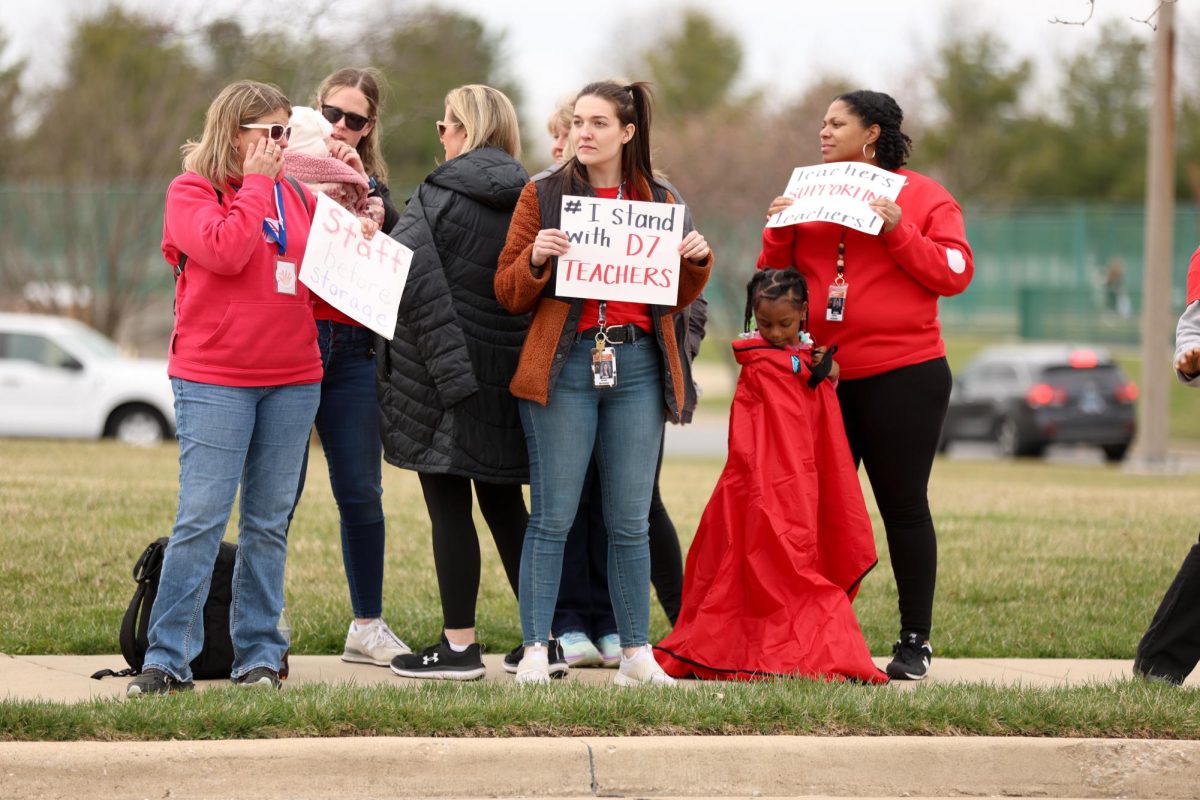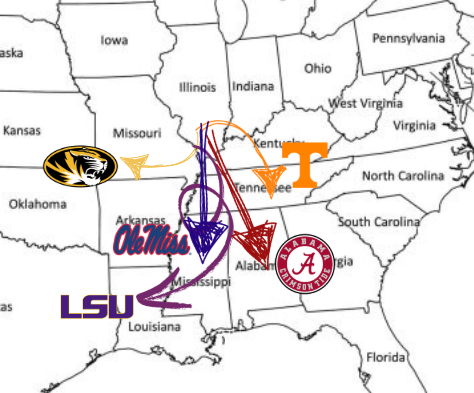Think Before You Trust
Teen readers must take caution before believing every news story they read
December 15, 2016
“Pope Francis Shocks World, Endorses Donald Trump for President, Releases Statement” received nearly 1 million likes, shares and comments on Facebook since it was published in October 2016 on Ending the Fed.
Although the story garnered a lot of internet traction, there are no facts to back up the shocking headline.
Factcheck.org quickly debunked the story and cited the Pope’s February 2016 Vatican Radio interview when he spoke out against Trump’s border policies.
Ending the Fed quickly deleted the story, but the damage had already been done.
Fake or exaggerated news articles, such as stories from hyper partisan sources like Ending the Fed, infected the internet throughout the 2016 election season.
According to a November 2016 BuzzFeed analysis, the 20 most liked, commented and shared fake election news-story-link posts on Facebook between February and Election Day 2016, including Ending the Fed’s story on Pope Francis endorsing Donald Trump, received over one million more Facebook reactions than the top 20 performing election news-story-link posts from trusted media sources.
Part of that readership gap may be due to the prevalence of young users on social media.
An October 2016 report by Pew Research Center found that social media is the main source news consumption for nearly two thirds of 18 to 29-year-olds —an age group which junior Dean Stuart said is “more likely to believe what they read.”
The open platform of social media allows users to share their opinions, which are important in helping others make their own decisions. By reading posts on social media, people from opposite sides of the political spectrum can learn why the other side believes certain things.
But the opinion articles from hyper partisan sources are often not based on facts; while these articles may be appealing to readers, they leave readers with false information.
While opinions educate others on what is important to them, both the reader and writer still need to know the facts that support their opinions.
Brenden Nyhan, professor of political science at Darthmouth who studies fact-checking, told BuzzFeed he places part of the blame for the flurry of fabricated news on the social media sites that allow the stories to be shared.
“The evidence is clear that bogus stories have incredible reach on the network,” Nyhan said. He believes that it is Facebook’s duty to monitor the news stories shared on their site to ensure that their users are receiving the facts.
Facebook CEO Mark Zuckerberg has taken Nyhan’s advice, saying in a November 2016 Facebook post that the company has already begun work on technology that allows users to flag false news.
“I think this will still be a problem during the next election,” Stuart said. “but it will all depend on the advancement of social media and technology.”
But no matter how Facebook decides to combat the fake articles, as long as the First Amendment right of freedom of speech extends to the internet, false news will be published and circulated. It is the responsibility of the public to be weary as they read to decipher between the truth and the lies.











